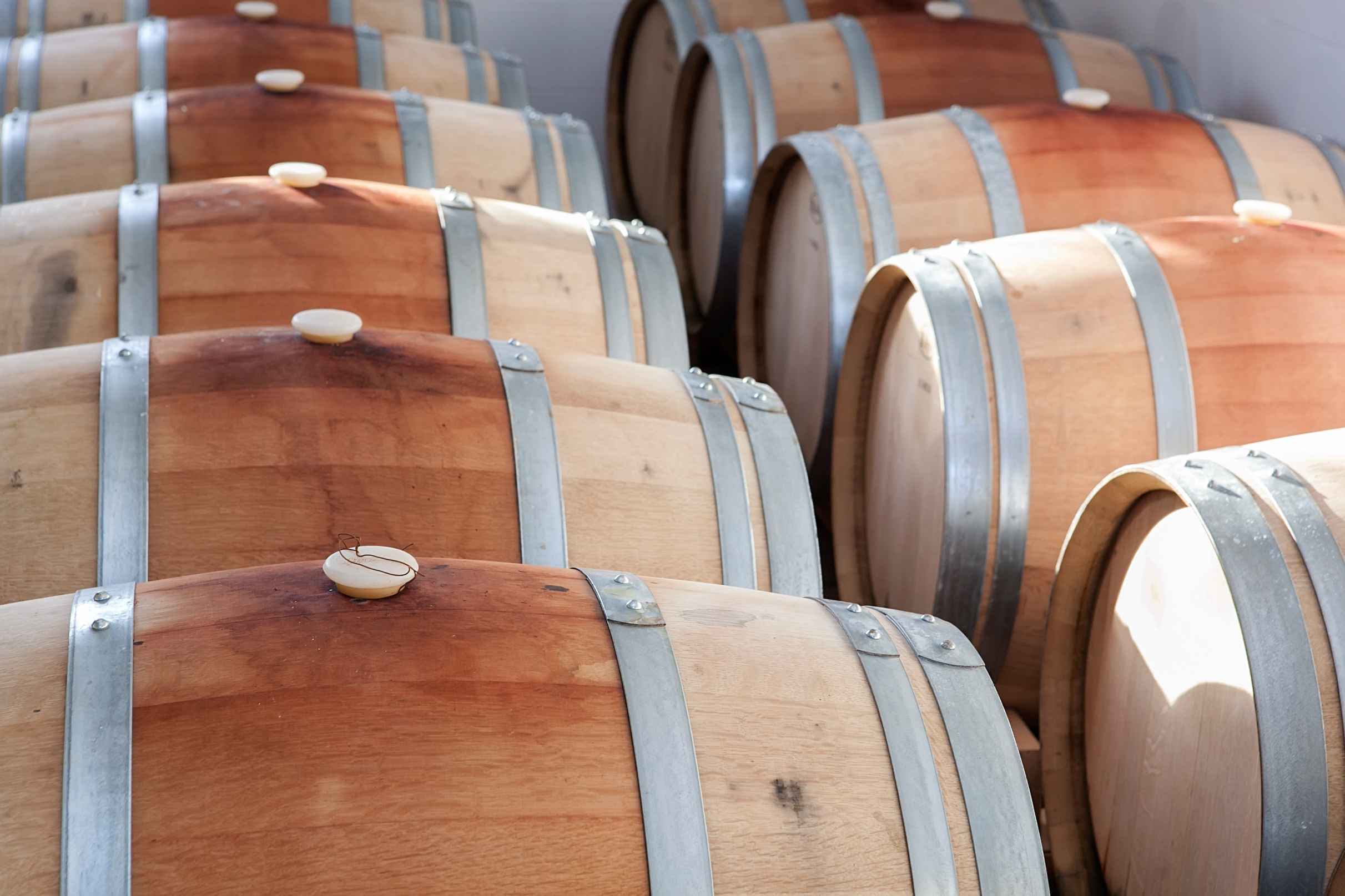
When you’re sat in the pub enjoying your favourite whisky, with or without ice, take a moment and consider how exactly it got into your glass. The pub probably will have bought your small tipple in bulk, from a distributor, who probably bought their crates in bulk from a supplier. Both the supplier and the distributor will have stored their whisky in warehouses and those warehouses, depending on how the whisky was stored, will have used different kinds of pallet racking.
This is true for many products. However, whisky is unique in that it is a single consumable product that can fill entire warehouses, for many years, and has the potential to boost the British economy. Whisky requires care because it can spoil, but it also needs space and stringent pallet racking safety standards. With whisky, there is much more than meets the taste buds.
Production and storage of whisky needs pallet racking inspections and pallet racking inspection training to ensure racking safety
With Scotch whisky accounting for about a quarter of the UK’s total food and drink export, British whisky producers are under immense pressure to adhere to the right standards. Whisky requires time and immense care, and so the safety and security of a distillery’s storage system needs to be absolute.
Of course, whisky producers want a zero accident workplace. However, with the production of Scotch whisky, zero accident takes on a whole new meaning. Scotch can be stored for over twenty years, but if just one racking shelf has an issue during that time then thousands of pounds worth of whisky can be lost in the blink of an eye. Even if there are absolutely no human casualties, the damage a pallet racking system failure can do to a small Scotch whisky producer is catastrophic.
To prevent this, distilleries require pallet racking inspections and pallet racking inspection training for their staff. Twenty years is a long time, and some whisky’s can mature for upwards of fifty years, but in all that time the safety and security of the racking needs to be paramount. The world changes, nation states are create and destroy, a human being may be born, raise a family, become a grandfather, and pass away: whiskies can outlast all of that… but only if the racking is well maintained.
Some whiskies are older than HSE itself, which means they are older than the legal requirement for pallet racking inspections and pallet racking inspection training. Still, though they may be beyond the birth of government regulations for racking, they are not beyond the universal laws that govern racking safety.
As of 2016, HSE recommends that a SEMA-approved rack inspector perform a pallet racking inspection at least once a year. For obvious reasons, when distilleries are storing whisky that is older than your dad, the frequency of these racking inspections should be much higher. Moreover, HSE recommends that a “technically competent” member of staff perform pallet racking inspections on a more regular basis. And the best way to ensure that staff are “technically competent” is to invest in pallet racking inspection training.
In the future, HSE may change. Whisky can be store for a long time and who’s to say what racking safety will look like fifty years from now. Still, what is certain is that pallet racking inspection training from Storage Equipment Experts is something that stands the test of time. Allowing your staff to attend our pallet racking inspection training course will give them knowledge which will still be relevant many, many years from now.
Give your staff the pallet racking inspection training course that remains relevant through the years. Contact Storage Equipment Experts today!





